According to Experts, We Are Not in the Human Age
Scientists have made a pivotal decision regarding the recognition of a new geological epoch, or period of time, called the Anthropocene, reflecting human impact on Earth.
The Subcommission on Quaternary Stratigraphy, integral to the International Union of Geological Sciences, conducted this significant vote. Despite the extensive discussions and research, the proposal to mark a new epoch was not approved.
The Journey Toward a New Epoch
This decision came after a comprehensive 15-year investigation aimed at identifying a geological site emblematic of human influence on Earth.

Source: Ryoji Iwata/Unsplash
Despite the effort and research dedicated to this cause, the proposal to officially recognize the Anthropocene was not accepted.
Crawford Lake: Center of the Anthropocene Proposal
In their quest to mark the human epoch, the Anthropocene Working Group pinpointed Crawford Lake in Ontario as a critical site.
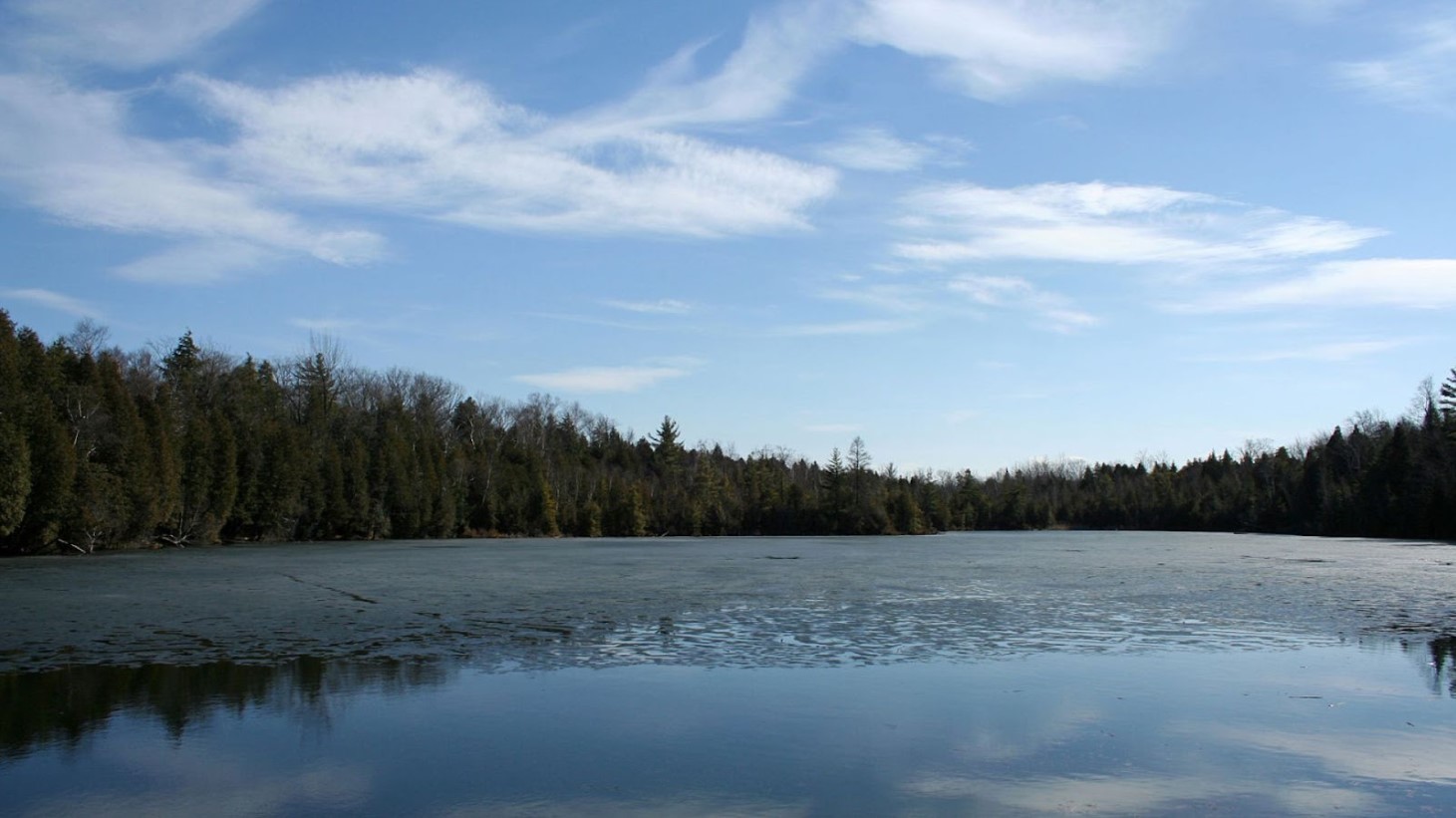
Source: Wikimedia Commons
The lake’s sediment layers, enriched with plutonium from nuclear tests starting around 1950, offered compelling evidence of humanity’s geological footprint.
The Vote on the Anthropocene: Perspectives and Results
The voting outcome on the Anthropocene proposal reflected a diversity of views among the subcommission’s members.

Source: Mauro Mora/Unsplash
Kim Cohen, an assistant professor at Utrecht University, and Phil Gibbard, a professor emeritus at the University of Cambridge, shared insights into the voting process. Despite some support, a clear majority voted against the proposal, with Cohen noting a mix of abstentions and a minority of affirmative votes, while Gibbard highlighted that 66% of voters rejected the formal recognition of the Anthropocene.
Complex Human Imprints on Nature
In the deliberations over the Anthropocene epoch, numerous scholars highlighted a key complexity: humans have left a diverse array of imprints on the planet across an extensive timeframe.
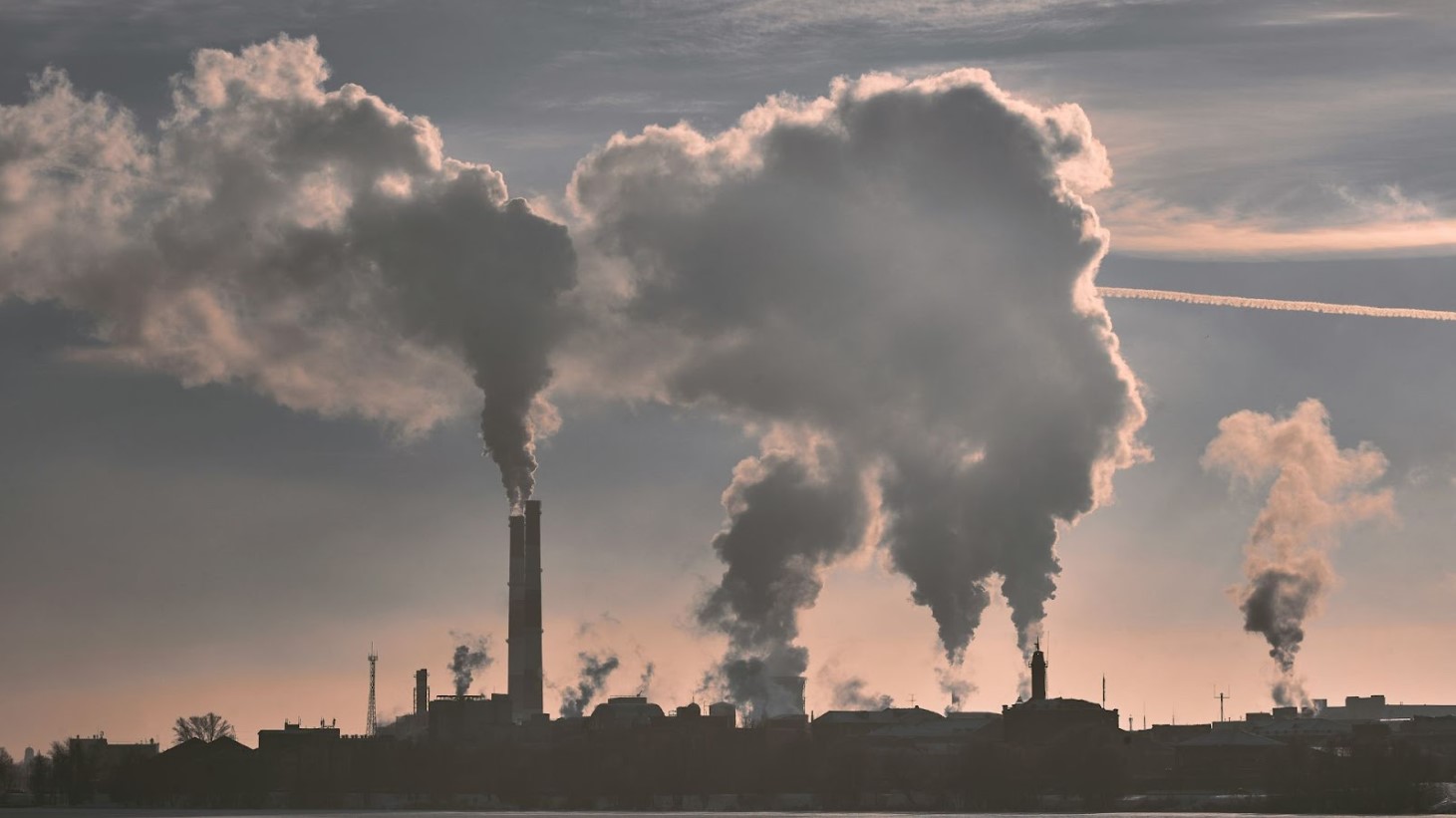
Source: Maxim Tolchinskiy/Unsplash
This variety and temporal spread challenge the geological norm of defining epochs by a singular, clearly demarcated starting point. This aspect was a significant consideration in the discussions, emphasizing the intricacies of human impact on geological timekeeping.
Altered Biodiversity: A Sign of Human Influence
The New York Times notes that humans have profoundly affected Earth’s biodiversity, causing rapid species loss and habitat transformation.

Source: Bob Brewer/Unsplash
These changes are so significant that they will be identifiable in the fossil record by future scientists, providing clear evidence of our era’s impact on the planet’s biological tapestry.
Human-Driven Geological Changes
Human activities have reshaped the Earth’s surface through agriculture, urban development, mining, and dam construction.
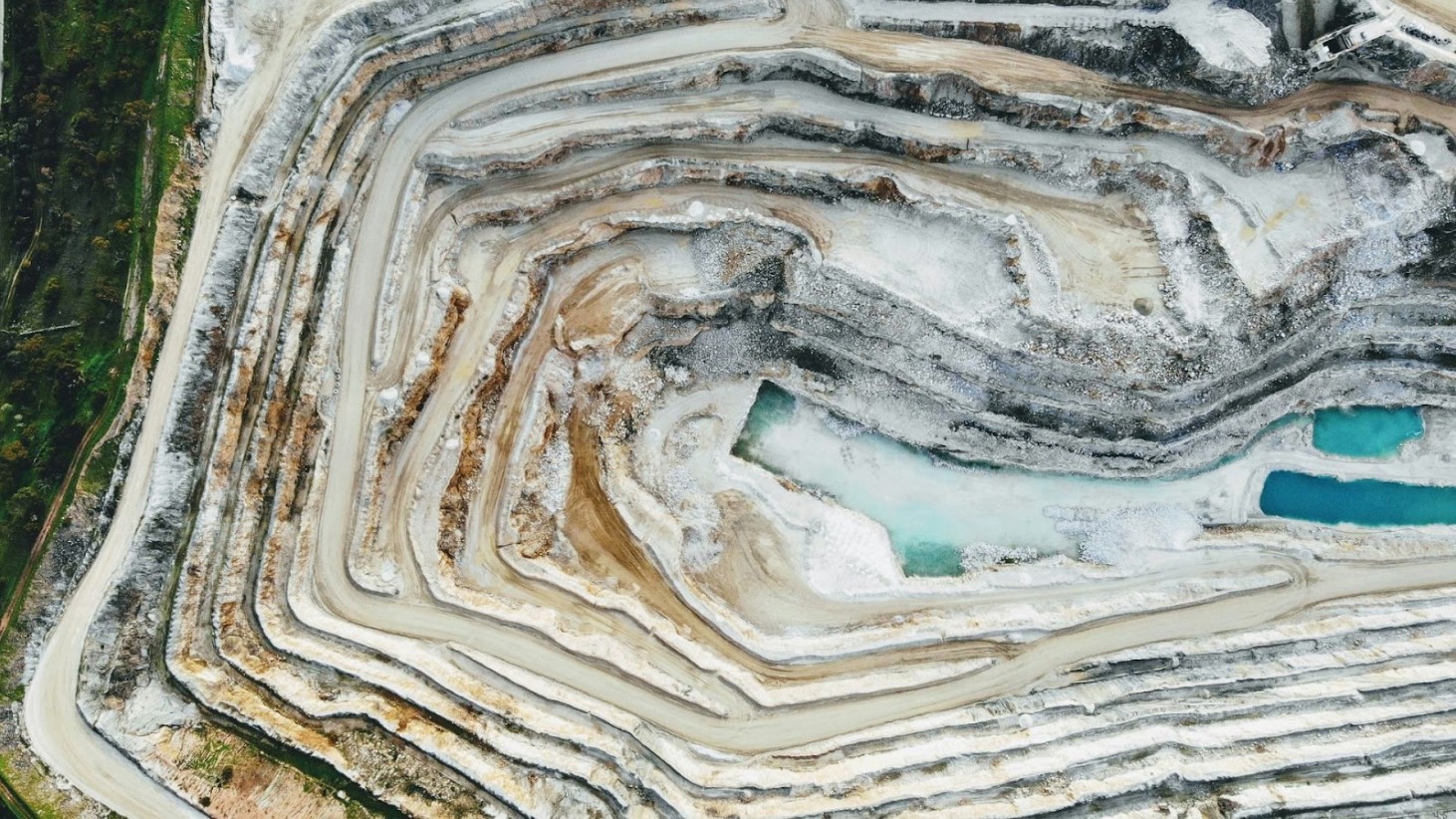
Source: Dion Beetson/Unsplash
The scale of sediment displacement caused by these activities far exceeds natural processes, marking a significant geological footprint that will be observable for millennia.
Climate Change: A Legacy of Fossil Fuel Consumption
The burning of fossil fuels has released vast amounts of carbon dioxide and methane, altering Earth’s atmosphere and climate.
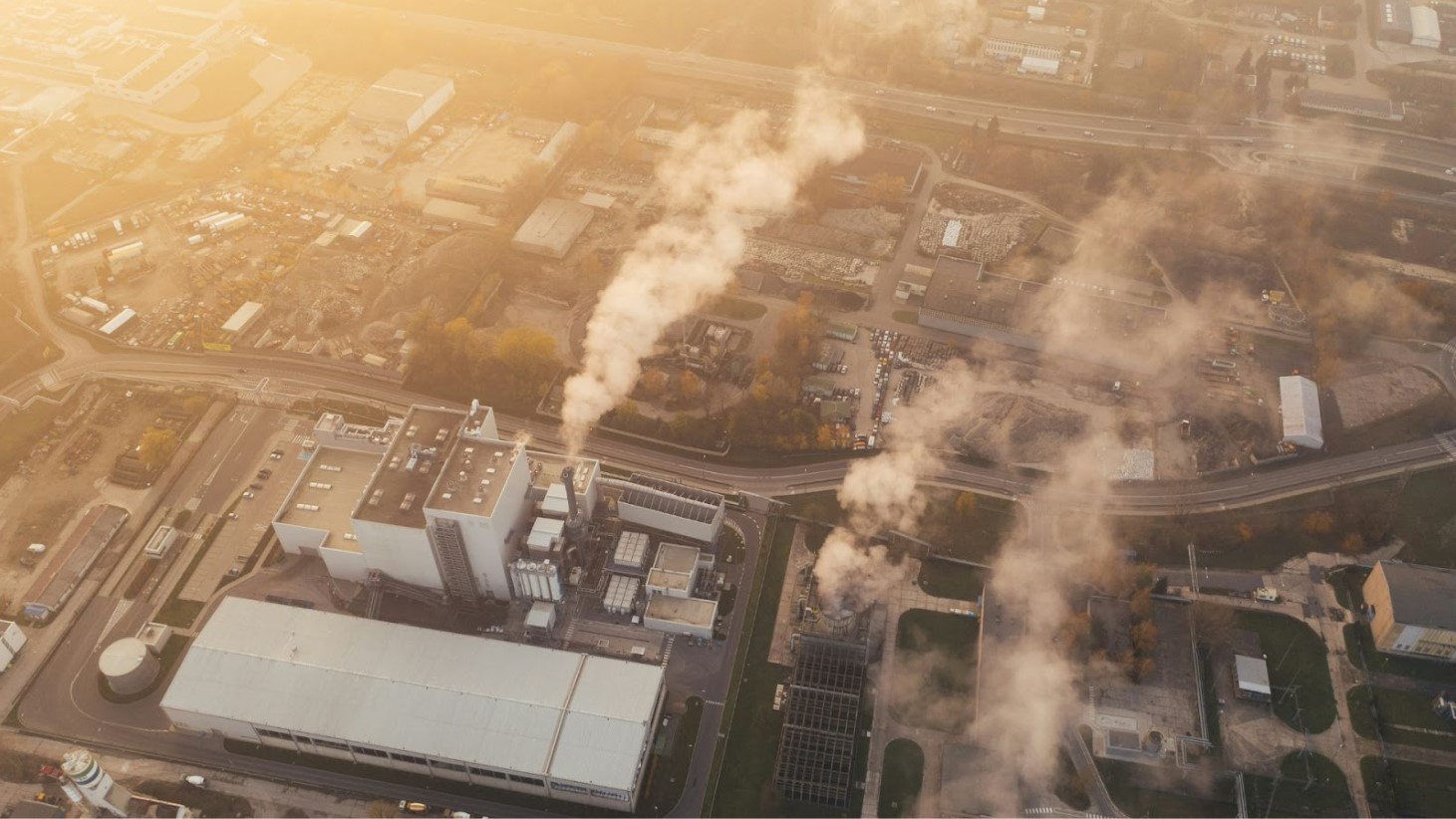
Source: Marcin Jozwiak/Unsplash
These changes are moving us away from the climatic stability of the Holocene, signaling a profound shift in Earth’s environmental conditions driven by human activity.
Plastics and Industrial Waste
Industrial activities have introduced numerous pollutants into the environment, including plastics, heavy metals, and industrial ash.

Source: Antoine GIRET/Unsplash
These materials accumulate in ecosystems and geological layers, becoming permanent markers of the human epoch and our industrial and consumer habits.
Scientific Consensus on Human Impact
Despite the decision against officially recognizing the Anthropocene, scientists universally acknowledge that human actions are causing profound changes to the planet.
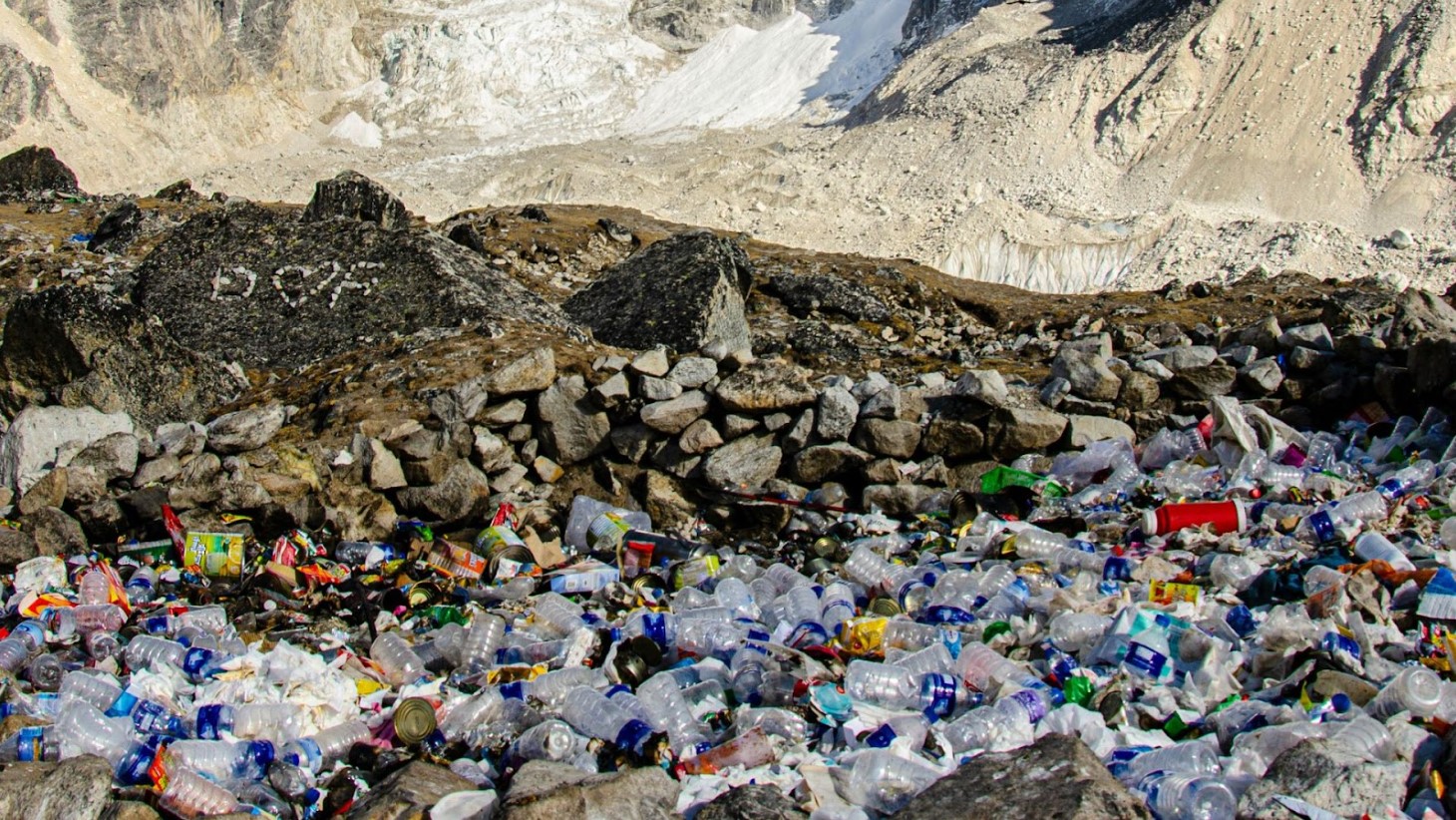
Source: Sylwia Bartyzel/Unsplash
This consensus calls for increased attention to how we influence Earth’s systems and the geological legacy we will leave for future generations.
Colin Waters' Reaction to the Vote
Colin Waters, who led the development of the proposal, expressed disappointment in the outcome.
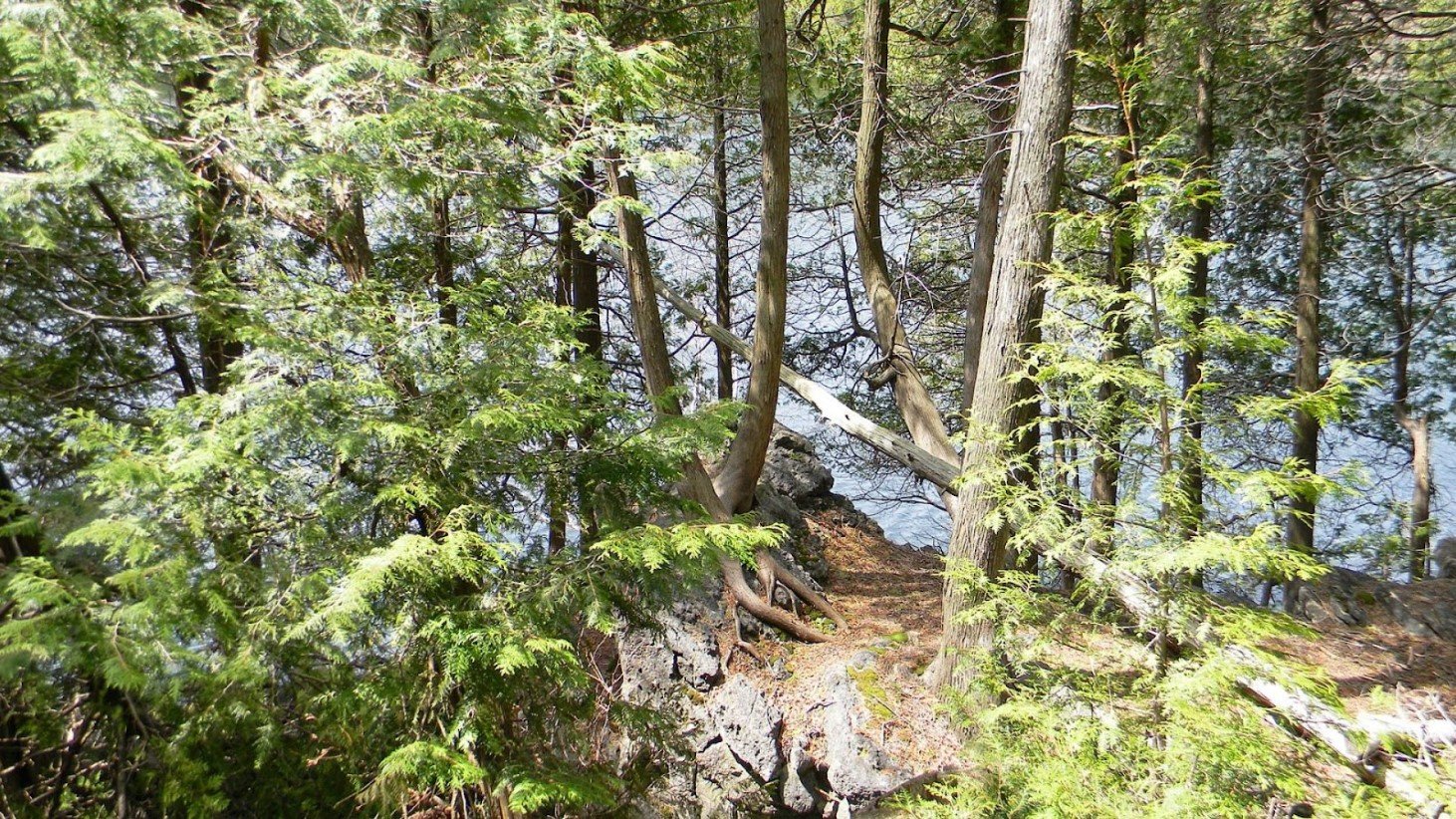
Source: Wikimedia Commons
He said, “We have, as a group, many eminent researchers in their field of expertise who wish to carry on as a group, in an informal capacity, that will continue to argue the case that the evidence for the Anthropocene as an epoch should be formalised, as consistent with the scientific data presented in the submission.”
The Future of the Anthropocene Debate
David Harper, chair of the International Committee of Stratigraphy, confirmed that the proposal to recognize the Anthropocene epoch will not advance further at this point. His committee, an essential part of the International Union of Geological Sciences, would have considered the proposal next if the subcommission had approved it.
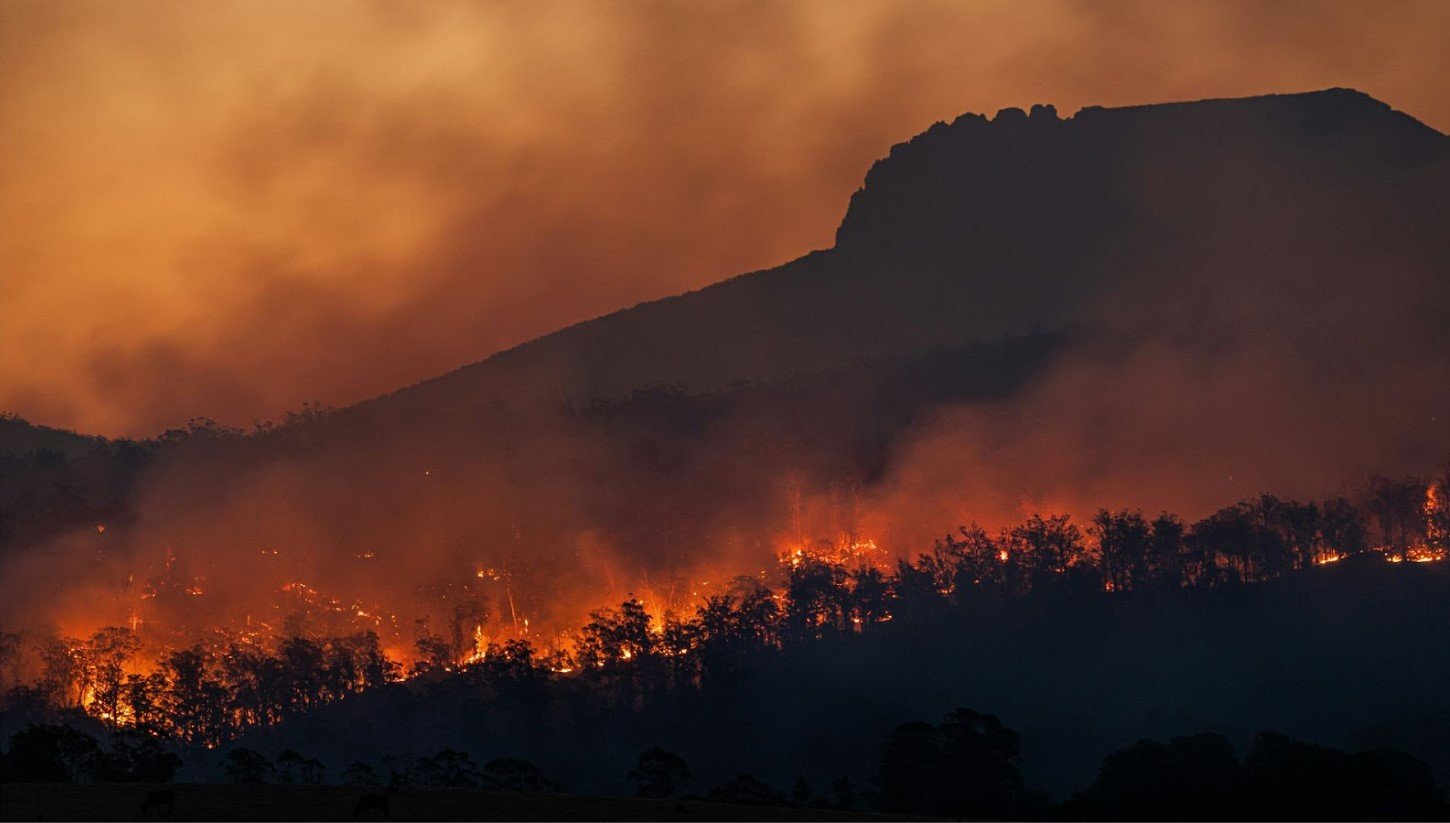
Source: Matt Palmer/Unsplash
Harper emphasized the committee’s adherence to the subcommission’s decision, stressing the procedural commitment within the geological community. While the term “Anthropocene” is widely discussed and utilized in various scientific disciplines, its formal acceptance in geology remains under debate.
